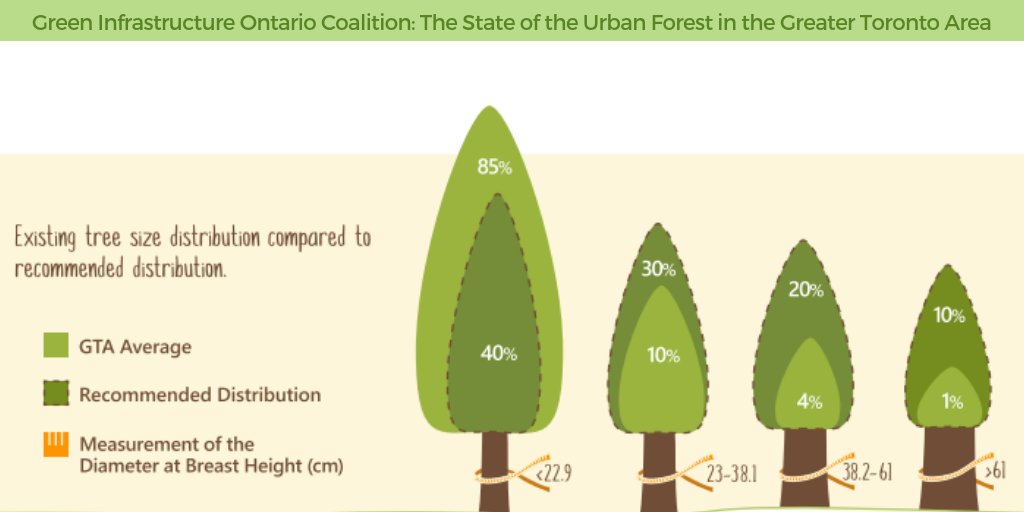The Effect Of Tree Elimination On The Environment: Vital Knowledge For Your Factor To Consider
The Effect Of Tree Elimination On The Environment: Vital Knowledge For Your Factor To Consider
Blog Article
Developed By-Oliver Hull
When it comes to the environmental influence of tree elimination, there are important elements that demand your attention. From the intricate web of connections within communities to the subsequent impacts on climate patterns, the effects are profound. You might be stunned to discover the detailed ways in which the elimination of trees can reverberate throughout the atmosphere. Stay tuned to unwind the intricate connections and implications of this apparently uncomplicated act.
Deforestation and Habitat Loss
Logging and habitat loss are important problems stemming from tree removal. When trees are cut down, it interrupts whole communities. Not just are the trees themselves shed, but the homes and food resources of countless plant and animal types are damaged also. Birds lose their nesting sites, mammals shed their shelter, and insects lose their environments. The effects ripple through the food chain, influencing predators and victim alike.
Additionally, logging adds to climate change. Trees play a vital function in absorbing carbon dioxide, a greenhouse gas that catches heat in the ambience. With fewer trees, there's less carbon dioxide absorption, resulting in raised levels of this gas in the ambience and intensifying international warming.
Environment loss is a direct outcome of deforestation, as the devastation of woodlands implies the loss of distinct and varied ecosystems. Many species are incapable to adjust to quick modifications in their atmosphere, leading to populace decreases and, in some cases, termination.
Securing Recommended Browsing is vital to maintaining the delicate equilibrium of nature and guaranteeing the survival of countless plant and animal types.
Influence on Biodiversity
The elimination of trees has a considerable impact on biodiversity, influencing the selection and abundance of plant and animal types in a location. Trees supply habitat and food sources for many microorganisms, from insects to birds to animals. When trees are eliminated, these species shed their homes and sources of nutrition, resulting in a decrease in their populaces. This disruption can have cascading impacts on the entire environment.
In addition, trees play a critical function in preserving biodiversity by producing microhabitats within their covers, trunks, and origins that support a large range of species. When trees are lowered, these specialized environments are damaged, minimizing the overall variety of the area.
In addition, the elimination of trees can bring about a reduction in genetic diversity within plant populations, as particular tree varieties may no more have the ability to recreate or distribute efficiently. Safeguarding trees and forests is important for protecting biodiversity and ensuring the health of communities for future generations.
Soil Erosion and Climate Modification
With trees being eliminated from an area, the disturbance of soil structure and stability occurs, leading to increased soil disintegration. Trees play an important function in preventing erosion by holding soil in place with their origin systems. When trees are eliminated, specifically in multitudes, the dirt ends up being a lot more at risk to disintegration from wind and water. This disintegration not only influences the prompt surroundings however can additionally lead to sedimentation in neighboring water bodies, influencing water high quality and water environments.
Moreover, trees assist regulate the environment by taking in carbon dioxide during photosynthesis. When trees are reduced, this all-natural carbon sink is decreased, contributing to raised degrees of greenhouse gases in the ambience. This can intensify environment modification, bring about even more extreme weather condition events and disruptions in ecological communities worldwide.
For that reason, the elimination of trees not only speeds up soil erosion but likewise contributes in the bigger ecological problem of climate adjustment. It's vital to consider these variables when assessing the influences of tree elimination on the atmosphere.
Final thought
Now that you recognize the ecological influence of tree removal, think about the consequences before cutting down trees. Logging interrupts ecosystems, reduces biodiversity, and contributes to soil disintegration and climate adjustment. By being mindful of the effect of tree elimination, you can aid protect our atmosphere and preserve the fragile equilibrium of nature. Make informed selections and take into consideration alternative solutions to reduce the negative results on our world.
